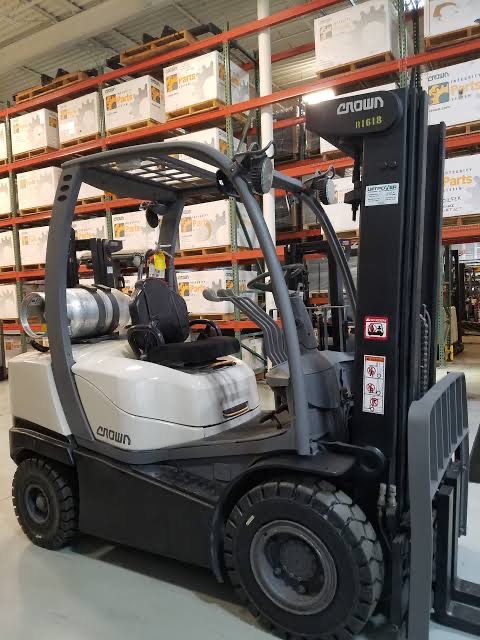
Any type of warehouse automation has always been a way to lower costs by minimizing labor requirements. The equation typically has centered on cost efficiency gains, with perhaps other benefits like better space utilization or increased throughput in the mix. Cost reduction remains a core driver for materials handling automation, including autonomous lift trucks. However, because of issues like rapidly accelerating ecommerce and the continuing problem of being able to find enough warehouse staff, especially forklift operators, the reasons why companies are choosing autonomous lift trucks is taking a different strategic bent.
Objectives like operational continuity and mitigating the business risk of relying on manual workflows which are hard to scale, are becoming more important. The equation is a bit less about cost savings, and more about reliable operations and making wiser use of the people you can find.
At ProMatDX, sponsors/exhibitors involved with autonomous lift truck solutions agree that using automation can help achieve resilient fulfillment operations. While fully autonomous lift trucks aren’t new, this resilience imperative should make 2021 a good year for adoption of autonomous lift trucks.
“The fulfillment pressures that have been placed on operations have been building up over several years,” says Jeff Christensen, VP of Product for Seegrid, a ProMatDX sponsor that offers autonomous mobile robots (AMRs) and enterprise software for material handling. “The demands are great, the labor that is available is less, so the pressures to do more with less have never been greater.”
At ProMatDX, Seegrid is launching a new product, its Palion Lift, as well as discussing Fleet Geek, a cloud-based fleet analytics solution. The Palion Lift uses Seegrid’s AMR technology, and is designed to haul payloads from one area to another, placing up to 3,500 pounds of payload at heights of up to six feet. Mobile automation like the Palion Lift can help companies cope with rising fulfillment pressures, says Christensen, while making the most effective use of machine and human resources.
“Mobile automation has always been able to satisfy objectives for cost efficiency gains, and also, the same technology also addresses the larger picture of ensuring business continuity and reducing business risk,” says Christensen.
More companies are now past the kicking the tires phase with mobile automation, and are looking to deploy automation at scale, adds Christensen. “I think we’ve reached an inflection where we will see much faster take up,” he says. “It won’t happen overnight, but now there are more companies thinking of going enterprisewide with it [mobile automation].”
For Raymond, a ProMatDX sponsor that offers automated lift trucks, as well as manually operated ones, the issue of efficient movement of pallet loads is seen as encompassing three factors: optimize, connect, and automate. An operation can look to optimize use of manually operated assets via means like virtual training tools; use telematics and fleet software to connect and learn from how assets are used; and in some cases, support fully automated workflows via products like Raymond’s Courier line of automated lift trucks, says Dave Norton, VP of customer solutions and support for Raymond.
Automation via robotic lift trucks is often aimed at highly repetitive tasks with significant travel time. The “connect” aspect of lift truck telematics can help identify the best workflows to automate, Norton explains. “When you connect, you can start identifying those areas—especially the repetitive tasks that occur over and over throughout the day—which may be ideal to automate,” says Norton.
Some perspective is in order here. Over 1 million industrial trucks of all types were shipped annually worldwide in recent years. The fully automated or robotic lift truck segment remains a drop in the bucket by comparison. Analyst firm Interact Analysis estimates about 6,500 fully autonomous units were shipped last year, which is below 1 percent of the overall lift truck market, but a 30% growth rate for automated units versus the previous year. No one is predicting a flip/flop in this proportion anytime soon, but it is clear the autonomous lift truck trend will help move goods through DCs more efficiently in a time of thin human resources.
Robotic lift trucks may in some instances leverage natural feature navigation, rather than reliance on guidance infrastructure like reflectors, says Matt Wade, head of marketing for BlueBotics, a show sponsor which offers natural feature navigation technology. This makes systems quicker to deploy and more adaptable over time, he says, because there is less, and in many cases no physical guidance infrastructure involved. “If you need to change your routes or adjust workflows, that’s all just done all digitally in the software,” says Wade.
Read full article at Logistics Management
